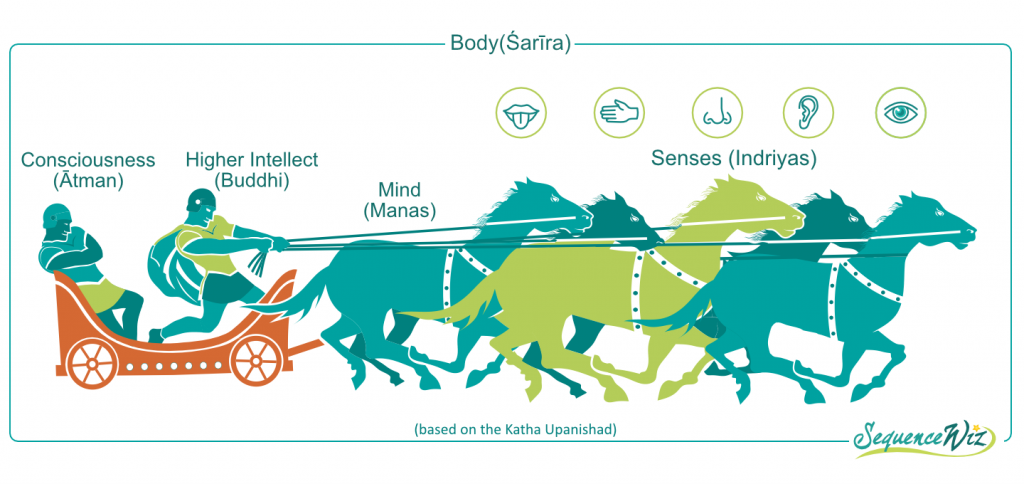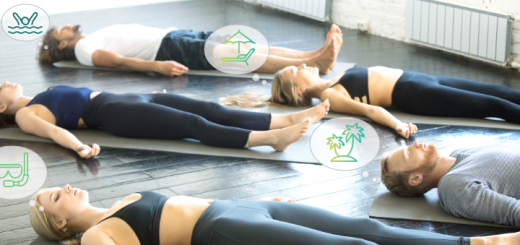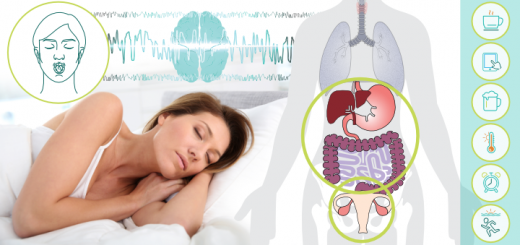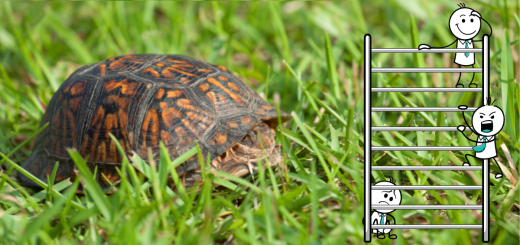Who is driving your chariot? The traditional view of the relationship between the senses, mind and intellect
7For the longest time I’ve been wondering: where do emotions belong in the Panchamaya model? An argument can be made that emotions show up on every level of our systems.
You can experience an emotion as a physical sensation, like a knot in the stomach, a tight jaw or a sense of fullness in the chest (Annamaya kosha). You can also experience emotion as a physiological response, like sweaty palms, rapid heartbeat or hyperventilation (Pranamaya kosha). You can certainly experience an emotion in your mind as a sudden burst of agitation or elation (Manomaya kosha). The emotions you often experience do define your personality (Vijnanamaya kosha), and they certainly contribute to your sense of wholeness and connection (Anandamaya kosha).
All those experiences certainly reflect an emotional state. The question is – does the emotion cause those sensations, or do those sensations give rise to emotions? What comes first – the chicken or the egg? In other words – where do emotions come from? This is an interesting question in itself, but, you will ask me, what does this have to do with yoga? Well, for one thing, if we know where the emotions come from, we will know where to put them within the Panchamaya model, which will give us better ideas about which tools to use to work with them. But ultimately, it goes much deeper – if we know where our emotions come from, we could have much more control over our emotional responses. It doesn’t mean that we would want or need to avoid experiencing emotions altogether – that’s not the goal. The question here is – who is in charge? You or your emotions? Do you have any say in your emotional states or are you just getting dragged by the emotional wave?
Traditional yogic texts do not talk specifically about emotions, but rather about fluctuations of the mind that arise in response to sensory objects. A traditional image from the Katha Upanishad depicts the body as a chariot.
 In this material world the human body (the chariot) is pulled around by the five senses (the horses), reacting to what we see, hear, taste, smell and touch. The mind (reins) is impulsive by nature, and is easily distracted by the likes, dislikes and emotional responses to sense objects. It gets pulled in conflicting directions unless the charioteer (higher intellect) takes the reins and takes charge. The passenger is the Self, the center of consciousness, which is always the neutral witness.
In this material world the human body (the chariot) is pulled around by the five senses (the horses), reacting to what we see, hear, taste, smell and touch. The mind (reins) is impulsive by nature, and is easily distracted by the likes, dislikes and emotional responses to sense objects. It gets pulled in conflicting directions unless the charioteer (higher intellect) takes the reins and takes charge. The passenger is the Self, the center of consciousness, which is always the neutral witness.
This image is significant on many levels. It poses important questions like:
- Who is driving your chariot?
- How aligned are your senses, your mind, your higher intellect and your inner Self?
- Where are you going and who gets to decide?
This image of body as a chariot also illustrates a deep connection between the senses, the mind and the intellect that is important for understanding the nature of emotions. Over the next few weeks we will dive deep into the fascinating world of emotions and use the latest research in neuroscience to try to figure out – where do emotions come from? Do they arise spontaneously or do we construct them? How much do they have to do with our experience and conditioning? And ultimately, who is in charge – you or your emotions?




















Absolutely fascinating to me! I look forward to reading more!
Thanku♥
Great to hear it! Lots more to come 🙂
Lovely introduction and explanation- look forward to reading more 🙂
Hi Olga,
I love your articles and th effort you put into simplifying yoga philosophy. I teach at University of Maryland a beginner yoga as a credit class. I would like to use your article to include into my current curriculum. I am
Asking for your permission to use some of the charts you have created. I also signed you for your blog and purchased the app as a compensation. Also I will direct my students to your website. Thank you in advance for your consideration.
Olga,
Based on this illustration. would you equate the reins with the Manomaya-kosha, and the charioteer (holding the reins) as the Vijnanamaya-kosha?
Hi Robb! Yes, I would agree with that, even though it’s a slightly different model. But I think it makes sense.
Excellent questions – this was an interesting read.